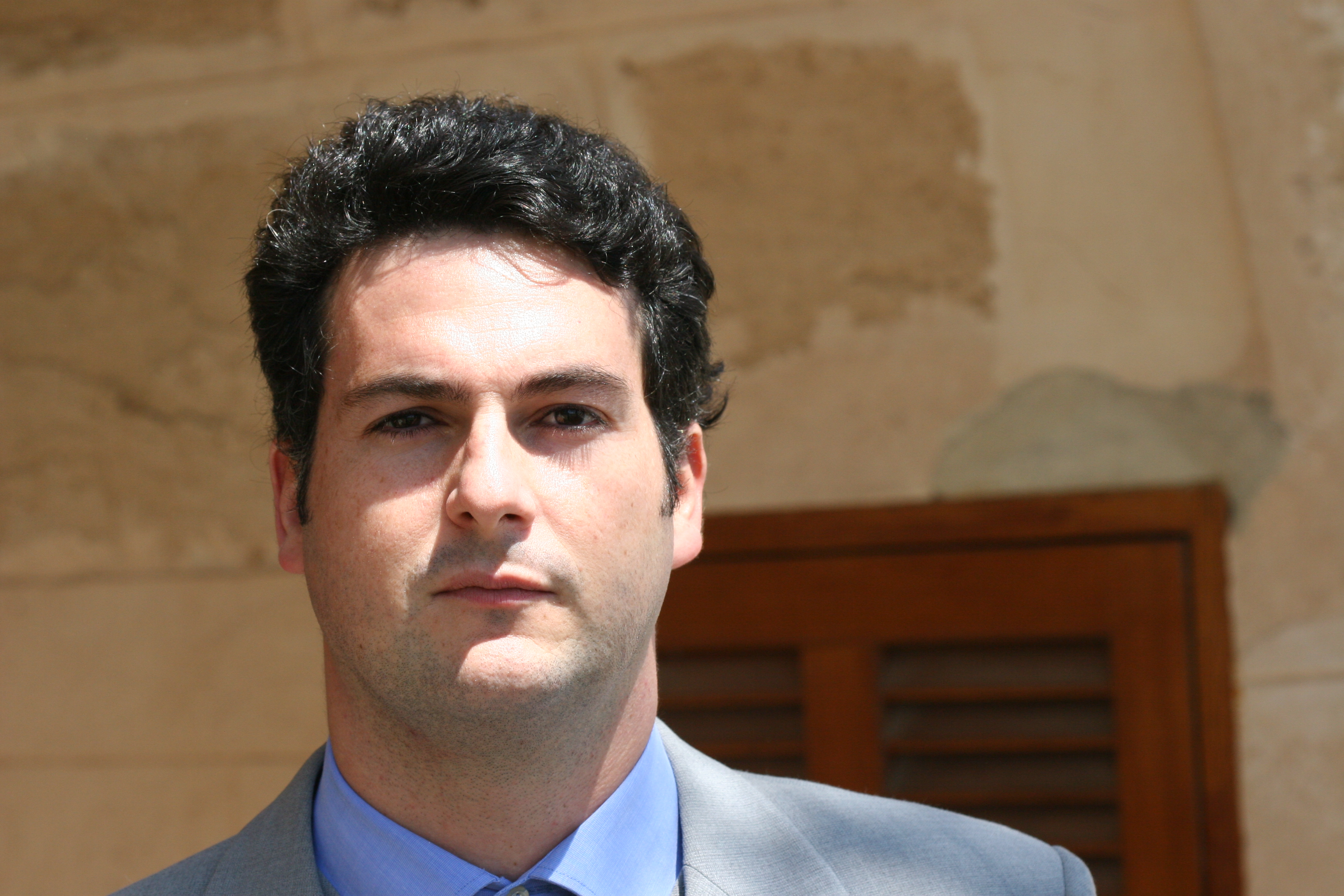La corriente de Kuroshio en el mar de China oriental, una charla a cargo de Pedro Vélez Belchí (IEO-Canarias)
- Compartir en Linkedin
- Compartir en Facebook
- Compartir en las redes:
 El próximo martes 2 de abril, a las 13 horas, en la sala de grado de la Facultad de Ciencias del Mar y dentro del ciclo de Ciencia compartida, Pedro Vélez Belchí ofrece la charla La corriente de Kuroshio en el mar de China oriental.
El próximo martes 2 de abril, a las 13 horas, en la sala de grado de la Facultad de Ciencias del Mar y dentro del ciclo de Ciencia compartida, Pedro Vélez Belchí ofrece la charla La corriente de Kuroshio en el mar de China oriental.
Pedro Vélez Belchí es Licenciado en Fisica por la Universidad de La Laguna y Doctor en Física por la Universidad de las Islas Baleares en 2006. Desde el año 2007 es Científico Titular del Instituto Español de Oceanografía en el Centro Oceanográfico de Canarias y durante dos años (2010-2012) fue investigador Marie Curie en la Scripps Institution of Oceanography (USA). Sus lineas de investigación abarcan desde la interacción entre las corrientes de frontera oeste y la actividad de mesoescala al impacto de los factores ambientales en las zonas de puesta de grandes pelágicos o los cambios en las masas de agua del Atlántico Subtropical. Es autor de mas de una treintena de artículos científicos, habiendo participado y/o coordinado diversos proyectos de investigación nacionales e internacionales y un gran número de campañas oceanográficas. Actualmente es miembro del Argo Steering Team y Coordinador nacional de la contribución Española al programa Argo
The Kuroshio is known to intrude onto the continental shelf in the southern East China Sea northeast of Taiwan. Two types of intrusions are observed: large and small, depending on how far the Kuroshio penetrates onto the ECS continental shelf, and on the location where it crosses the shelf break. This study demonstrates that cyclonic eddies from the western Pacific induce some of these large Kuroshio intrusions. The large intrusions are identified from more than 20 years of drifter tracks archived in the Global Drifter Program historical database and from weekly and biweekly drifter deployments carried out between April 2008 and September 2009 west of the Green Island (Taiwan). Kuroshio intrusions are observed in all seasons. Cyclonic mesoscale eddies, generated in the Subtropical Countercurrent and North Equatorial Current regions of the northwest Pacific Ocean, propagate westward into the Kuroshio and are well correlated with the observed intrusions. During the intrusions, the mean sea level anomaly computed from AVISO gridded maps shows a well defined cyclonic circulation southeast of the I-Lan ridge. The mean sea level anomaly also shows the meandering pattern of the Kuroshio when it intrudes onto the continental shelf of the southern East China Sea. The high correlation between the Kuroshio volume transport in the East Taiwan Channel (observed with moorings) and the satellite sea level anomaly permits us to use sea level anomaly as a proxy for the Kuroshio volume transport. When direct transport measurements are not available, this proxy is used to verify that intrusions due to the westward propagating eddies occur when the Kuroshio transport is low. An analytical reduced gravity model of an incident baroclinic current upon a step shelf is used to explain the difference between the large and small intrusions
